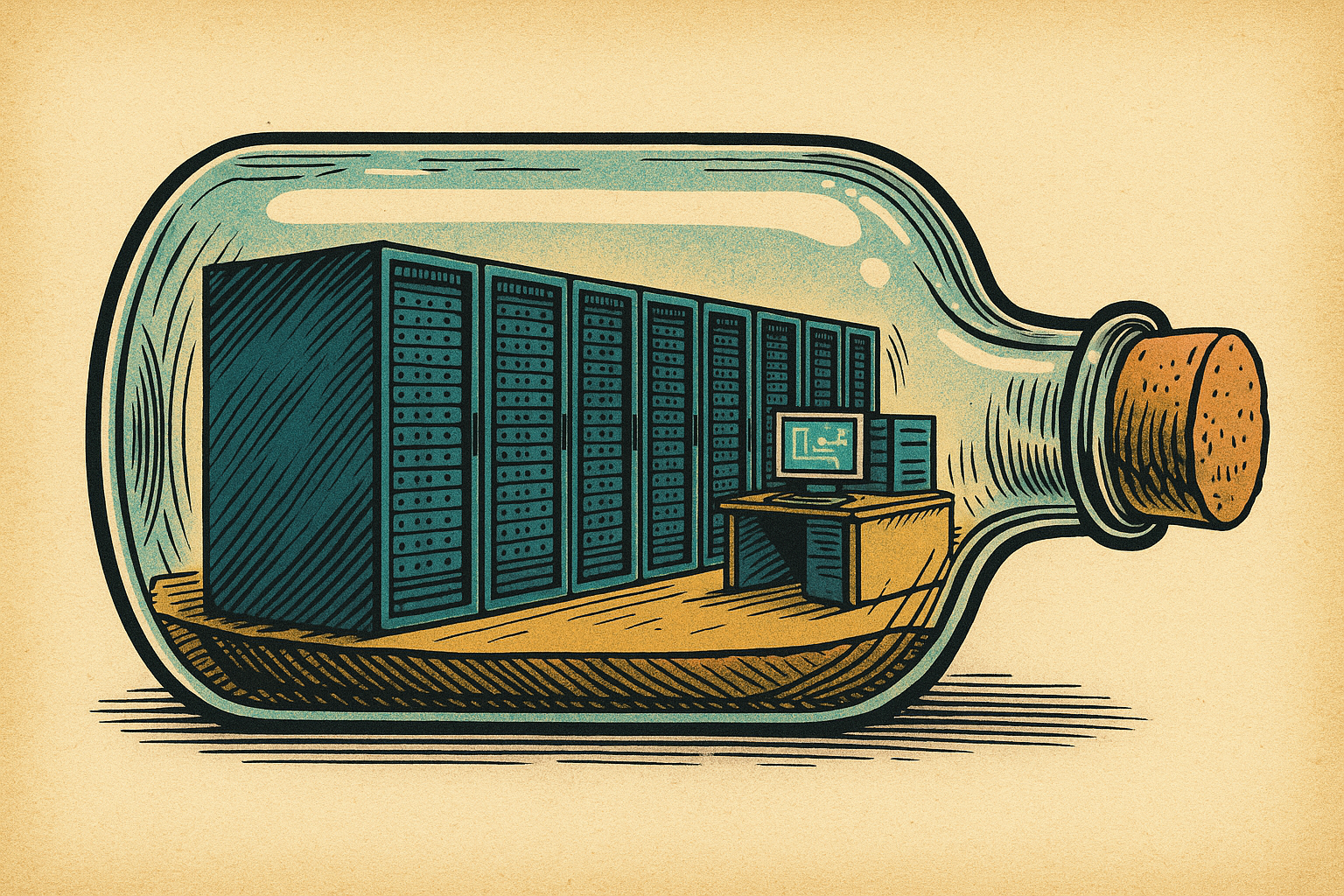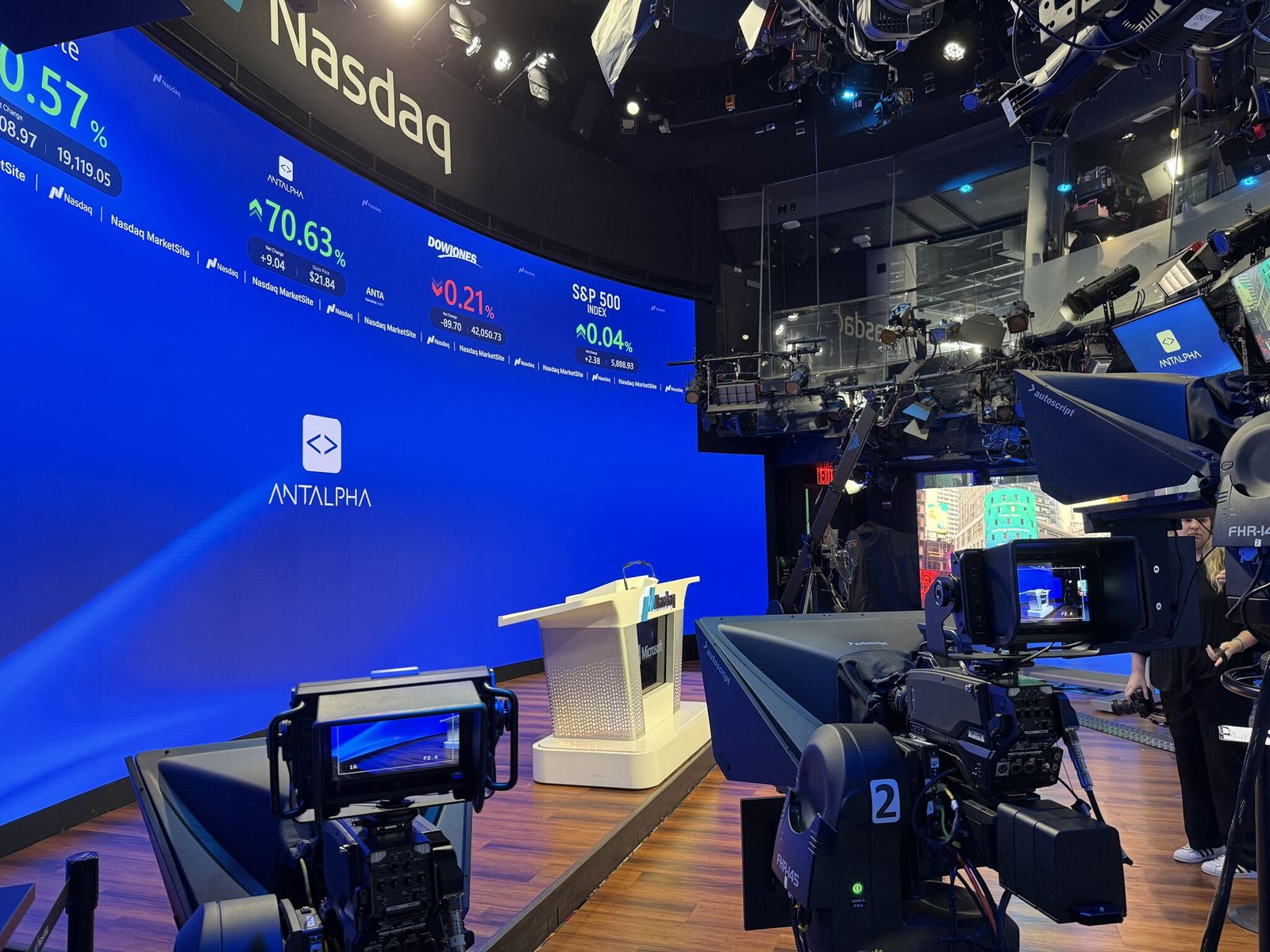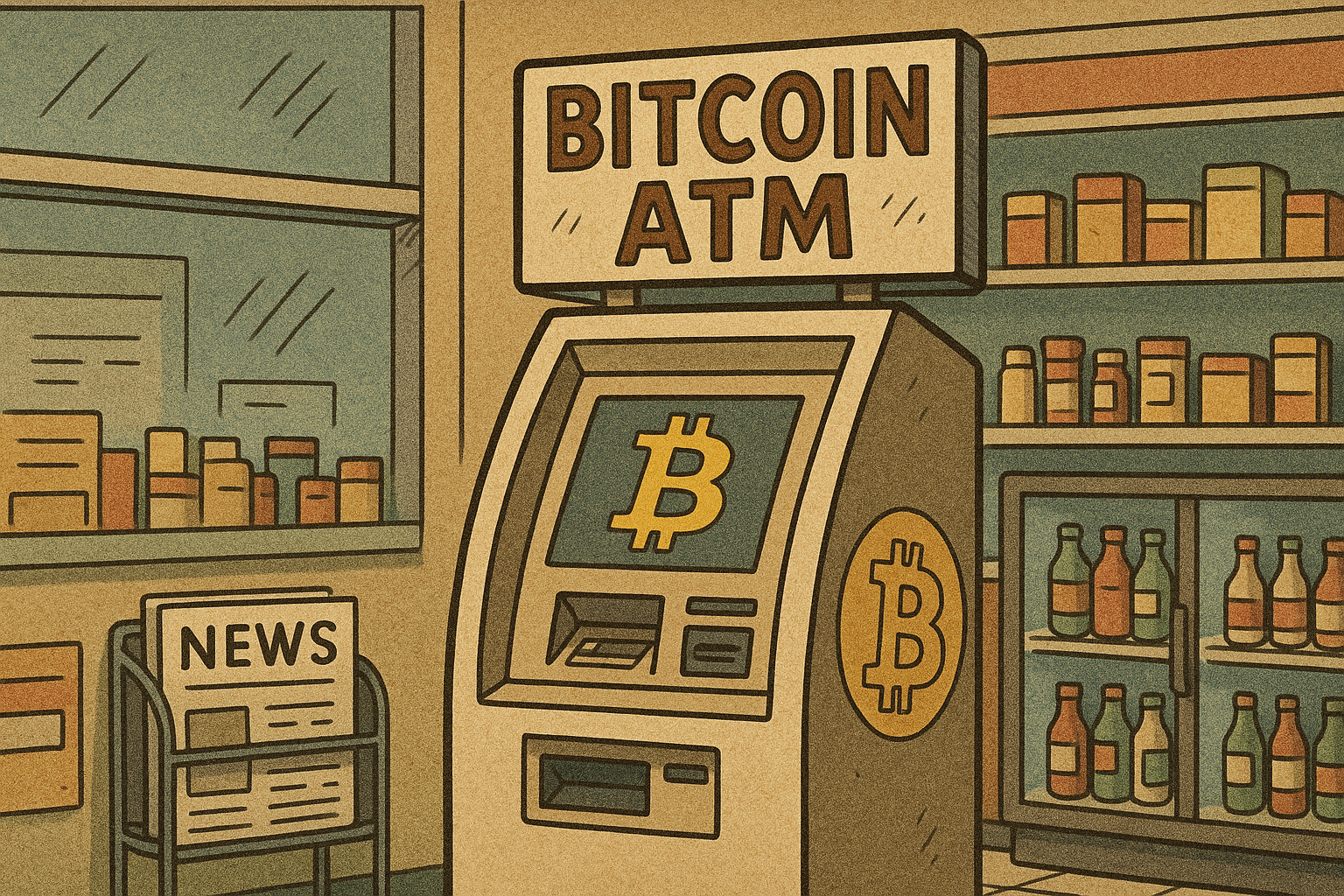AI is the new Bitcoin mining.
That’s the takeaway we have at least from a new J.P. Morgan report, “Bitcoin Mining: An Investor’s Guide to Bitcoin Mining and HPC,” authored by Analysts Reginald Smith and Charles Pearce. And for Blockspace Media readers and The Mining Pod listeners, it’s additional confirmation for a recurring topic; we’ve been broadcasting the Bitcoin mining industry’s intrepid – if incipient and incalculable – transformation into a traditional data center industry for months now.
In the report, Smith and Pearce argue that there is “insatiable demand for datacenter capacity through [2026],” and that bitcoin miners are uniquely positioned to furnish gigawatts of this demand – not on their own, but as acquisition vessels or partners for hyperscalers.
Miners have a golden window of opportunity (~9 months) to capitalize on AI/HPC deals, they argue, as other projects await approval and interconnection with power grids. Many of the leading public miners already have several hundreds of megawatts approved, so their power-purchasing agreements and sites can help hyperscalers expedite AI/HPC data center development.
Bitcoin miners consume less than 1% of US electricity; data centers, 2%
We’ll start with the ever eye-grabbing talking point: Bitcoin’s energy use.
Smith and Pearce estimate that, of the US’s 1,300 GW of electricity generating capacity, 21 GWs (or 2%) powers traditional data centers, while 5 GW (0.38%) powers bitcoin mining. Now, as much as we’d love nothing more than to use this figure to own the “Bitcoin is boiling the ocean, bro” commentariat, Smith and Pearce are giving a conservative estimate here.
If we take a look at the top 12 public bitcoin miners by market capitalization, they collectively operate 5.74 GW of bitcoin mining capacity. And that’s just the top publicly traded bitcoin miners. If we extrapolate this out to add private miners, this number is easily 6 GW and maybe as high as 7 GW or higher.
Even so, at 6-7 GW, you’re talking 0.46-0.54% of the US’s total electricity production – a more than modest sum.
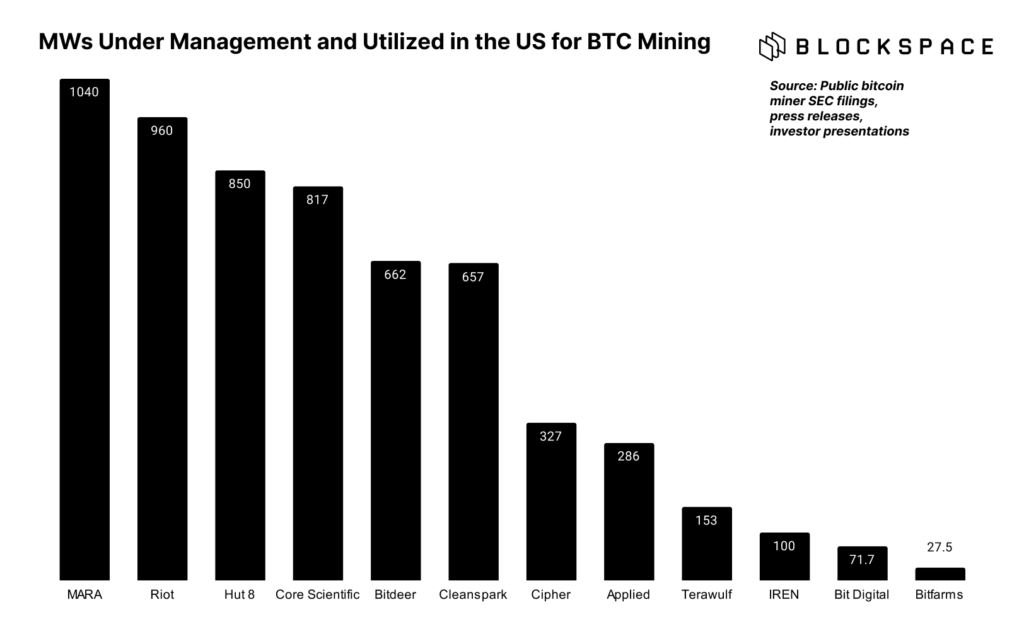
NVIDIA could sell US firms 6 GW worth of AI hardware through 2026
US companies and investors are hungry for AI exposure, and Smith and Pearce estimate that this appetite could gobble up 1.6 to 1.9 million Nvidia GPUs between 2025 and 2026.
This translates to $140 billion of hardware that will require 6 GW of electricity, which is one fourth of all the electricity that currently powers traditional data centers in the US, according to the report. In order to furnish these purchases, the duo anticipates that hyperscalers will spend more than $500 billion in CAPEX in 2025 and 2026.
They go on to estimate that there are roughly 12.5 GW worth of data center build outs that are in the planning or construction phase in the US. In addition to this, they say that bitcoin miners have some 6 GW in the pipeline.
If we look at the expansion plans of leading publicly traded mining companies, we see that they have roughly 3.5 GW currently under construction through 2026.
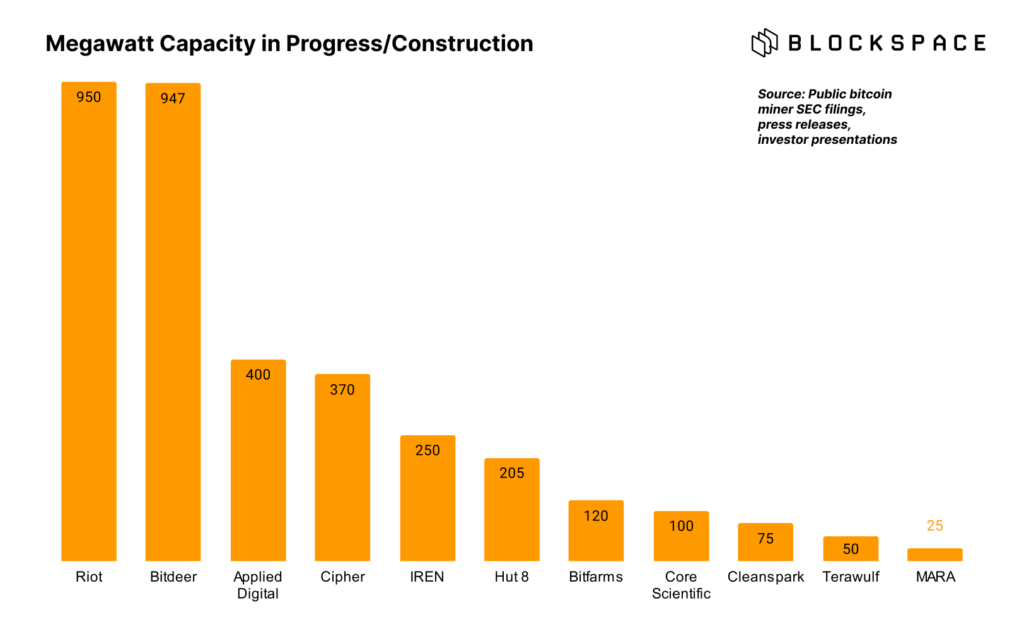
Your favorite bitcoin miner is your favorite hypserscaler’s favorite acquisition
Since so many miners have massive MW expansions in the works, this makes them prime acquisition targets for hyperscalers and other AI/HPC infrastructure companies.
As Smith and Pearce put it in the report, acquiring a site-in-progress or partnering with one of these public bitcoin miners would allow a hyperscaler to “skip the line” for grid interconnection permitting and approval. This approval process, they claim, can take anywhere from 1.5-2.5 years; if you tack on 1-2 years for construction, then you have 2.5-4 years of lead time, which can sometimes last as long as 6 years.
Not only would an acquisition or partnership expedite the development pipeline, but it could also lower costs to construct an AI/HPC data center, the report claims. It would cost “$5-7 million [per MW] to outfit an existing bitcoin mining site for HPC,” the report reads, versus $10-20 million for a “Tier 3 greenfield build-out.”
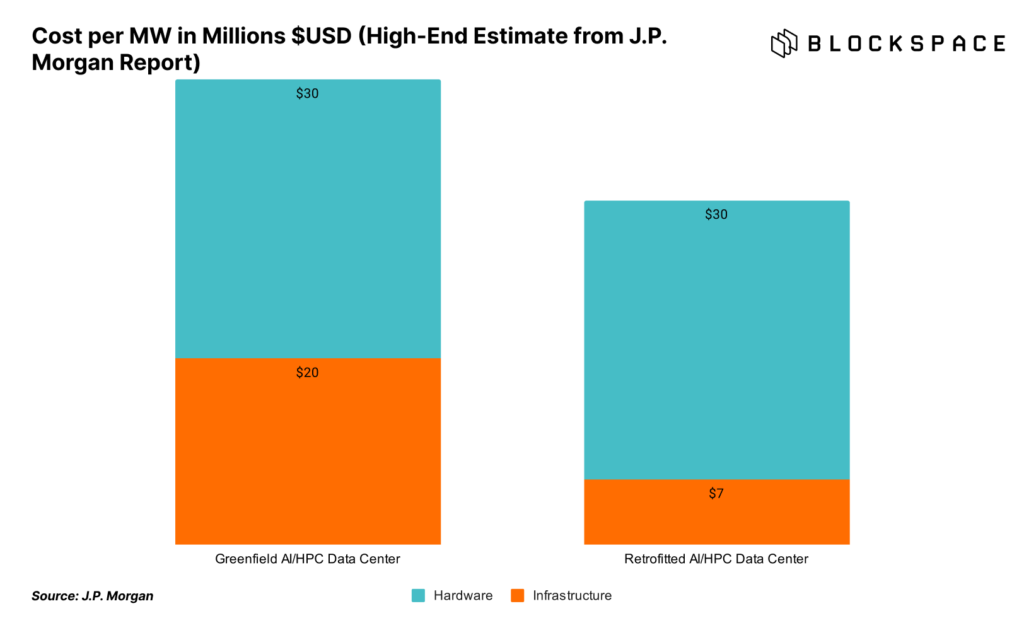
Infrastructure-as-a-service is Bitcoin mining’s next big buzzword
With Bitcoin miners like Core Scientific already proving out the benefits of a retrofit strategy – or at least proving it so far on paper with its 500 MW deal to provide HPC infrastructure to CoreWeave – a new buzz-phrase is entering the bitcoin mining lexicon: infrastructure-as-a-service.
Smith and Pearce differentiate between infrastructure-as-a-service (IaaS) and compute-as-a-service (CaaS) business lines as it relates to HPC in the report. Core Scientific, Cipher, and Riot are examples of IaaS plays, whereas CoreWeave is an example of a CaaS play; there are overlaps in the venn diagram of these business models too, including Applied Digital, Bitdeer, Hive, Hut 8, IREN, and Terawulf.
IaaS and CaaS provide respective payback periods of 4.6 and 2.6 years, according to the report, while bitcoin mining provides a 2.3 year payback period (which is more or less accurate depending on the hashprice cycle and CAPEX cost, we would add).
As far as IaaS business models go, Smith and Pearce highlight that Core Scientific’s deal with CoreWeave, wherein CoreWeave is footing the bill for all of the retrofitting of Core Scientific’s sites, “looks like a one-off” that will have “significantly higher [ROI] than typical data center deals.” The duo “expect[s] bitcoin miners to fund their own infrastructure capex going forward.”
This ain’t your daddy’s bitcoin mining
Perhaps the key takeaway from J.P. Morgan’s report is that the meta for bitcoin mining companies is changing rapidly.
Markets are frothy with AI hype and expectations, and miners have an ever-shrinking window to pounce on opportunities. The United States has not meaningfully expanded its electricity generating capacity since 2000, so with limited capacity butting up against a seemingly exponential appetite for power from AI/HPC data centers, every MW is precious.
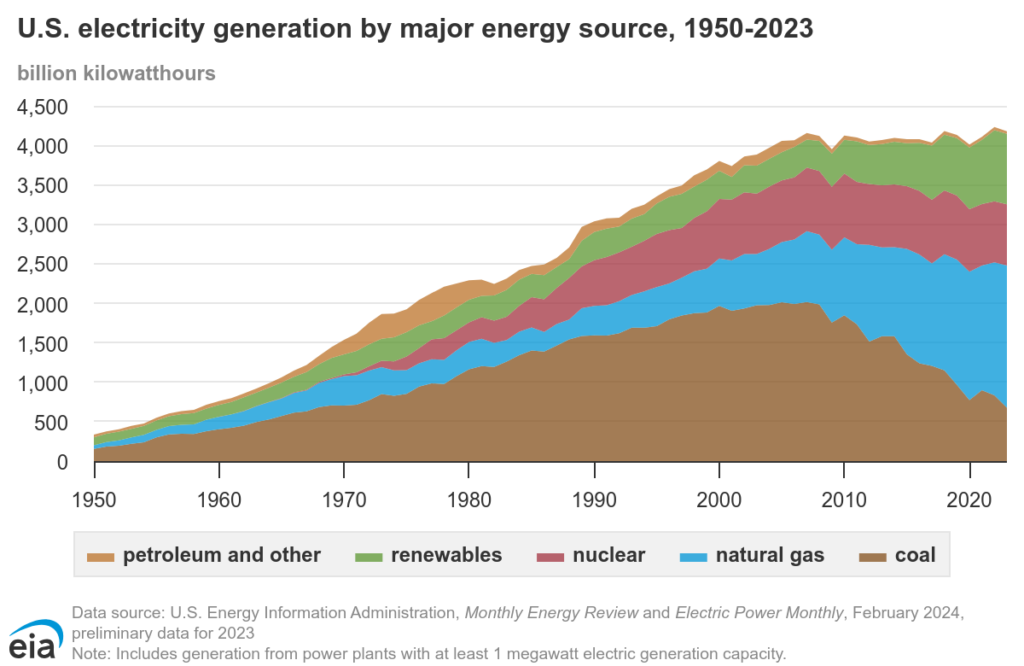
As such, the report’s authors even turn to a miner like Riot, whose ~1 GW aspirations for its in-progress Corsicana facility could be a juicy opportunity for a hyperscale. Miners like Riot, Cleanspark, and Marathon have demurred when asked about AI/HPC aspirations in the past. But if the right offer comes up, perhaps the golden rabbit of AI would be too good to pass up.
